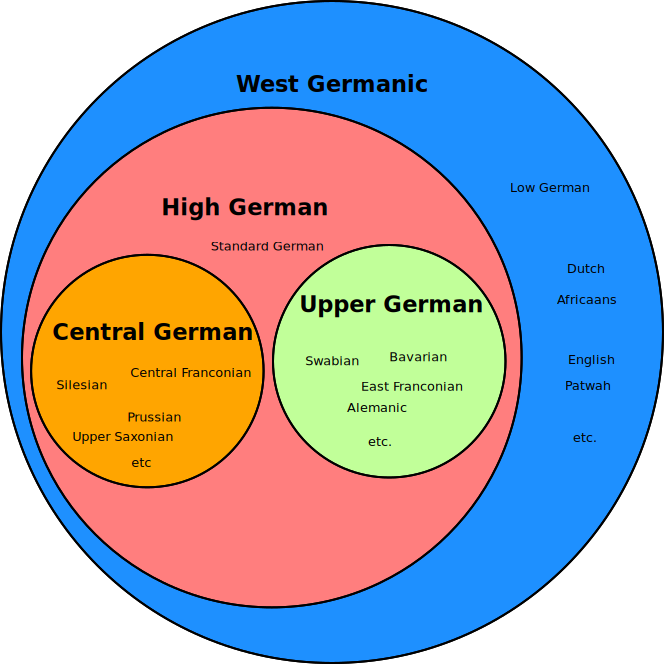Moin, Plattdüütsch is nich dat sülbige as Düütsch.
They are different languages even though they share some vocabulary due to their historical and geographical proximity. But until a few years ago it was usual for kids in rural Schleswig-Holstein and Lower Saxony to grow up with Plattdüütsch as their mother tounge and only learn (High) German in school. I'm not sure if this is still the case as the number of monolingual Low German speakers has declined due to higher mobility in society and information.
Just because it's spoken in Germany it's not the same as German. You could get the same weird diagram by grouping French and English together as "Canadian".


